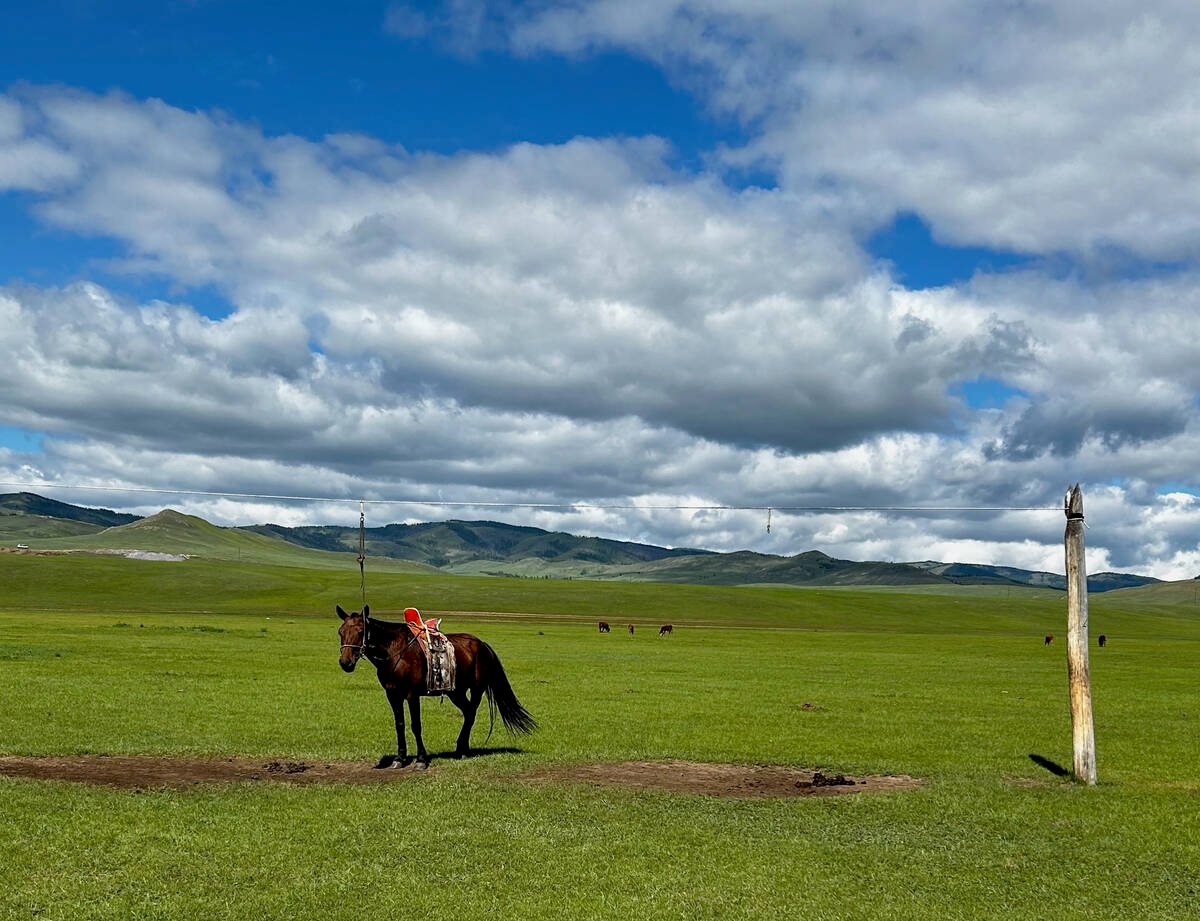Iran, rich in oil but lacking crop producing rains, was the Canadian Wheat Board’s biggest wheat customer in 1999-2000.
Iran didn’t figure prominently in the 1970s and 1980s, when the Soviet Union or China would invariably sit comfortably atop the roster of Canada’s biggest wheat customers.
But the Soviet Union is no more and China’s wheat imports have dropped sharply.
Today’s world market is increasingly fragmented and competitive.
“It’s definitely more of a challenge,” said Brian White, the Canadian Wheat Board’s vice-president of market analysis.
Read Also

University of Saskatchewan experts helping ‘herders’ in Mongolia
The Canadian government and the University of Saskatchewan are part of a $10 million project trying to help Mongolian farmers modernize their practices.
As each marketing year begins, the board and its selling agents aren’t really sure who will be the big buyers among the 70 or so countries that trade regularly with the board. Ultimately, it depends on how much customers are willing to pay.
“Every year we rank all the markets by relative returns,” said White. “We’re not interested by and large in being in any particular market. It has to be an attractive return to us.”
Having said that, there are some foreign buyers who can be counted on every year. Japan is always in the market for around 1.2 million tonnes, as is the United States. But if any one country can be said to have inherited the title as the number one destination for Canadian wheat, it’s Iran.
Iran has topped the list in three of the past four years, buying 2.1 million tonnes in 1997-98 and two million tonnes in 1996-97.
Two years ago, sales dipped to 525,000 tonnes, reflecting a good domestic crop in Iran, a small high quality Canadian crop and low oil prices.
But they rebounded in 1999-2000. The 3.3 million tonnes exported to Iran last year is the largest volume shipped to any single customer since China bought 4.7 million tonnes in 1995-96.
White said he expects it will remain a major market for Canadian wheat.
“It’s a growing market and we’ll be participating in it,” he said.
Canada accounted for a little less than half of Iran’s total imports of 7.5 million tonnes, with Australia and the European Union splitting the rest. The U.S. has been shut out of the market since the early 1980s for political reasons, although White expects that will change within a few years.
Iran’s population of 65 million is growing by about 3.5 percent annually. It’s a young, relatively affluent population and wheat is a staple of the national diet. Domestic wheat production has averaged about 10 million tonnes in recent years, but drought is expected to limit production to 8.5 million tonnes this year.
That should bode well for sales in the coming year. Iran could be in the market for as much as 7.5 million tonnes, but White didn’t want to project how much Canada might sell.
“It will depend on how the situation develops with the quality of crop, but there’s every reason to expect it will be an important export destination again for Canadian wheat.”
Year-end statistics released by the CWB indicate total exports for the year that ended July 31 were 18.72 million tonnes, a 23 percent increase from last year’s 15.28 million tonnes.
Wheat exports totaled 13.56 million tonnes, up from 10.36 million tonnes, durum exports were down slightly to 3.48 million tonnes from 3.82 million.














